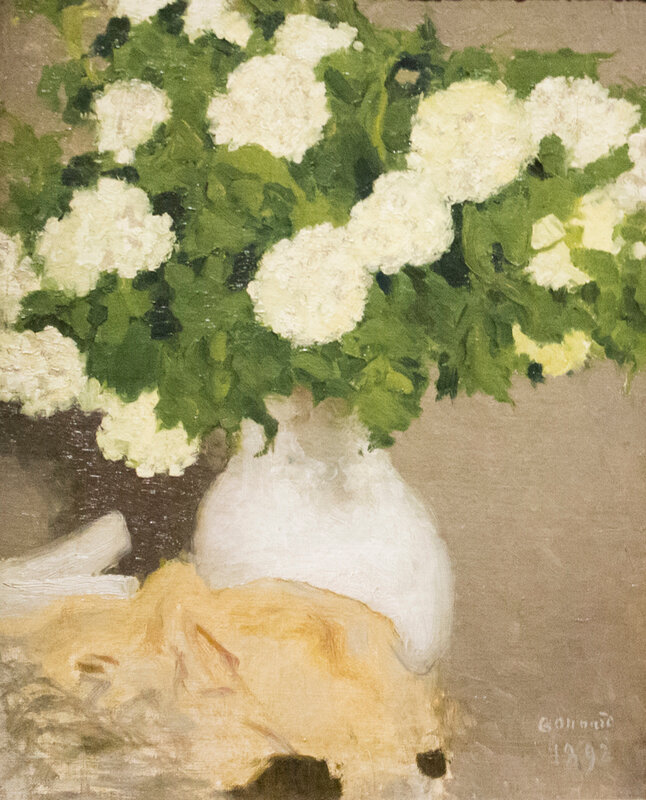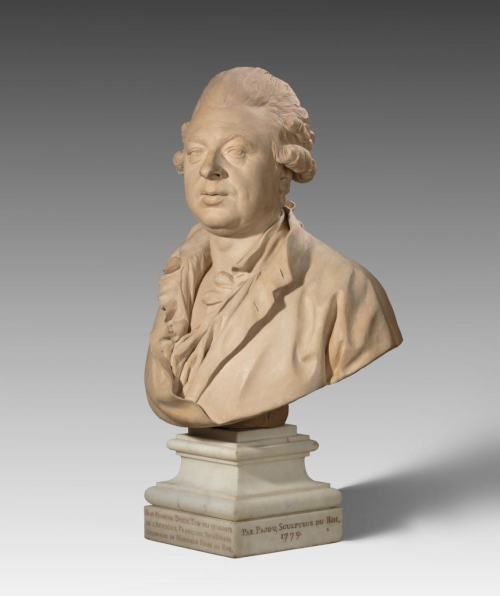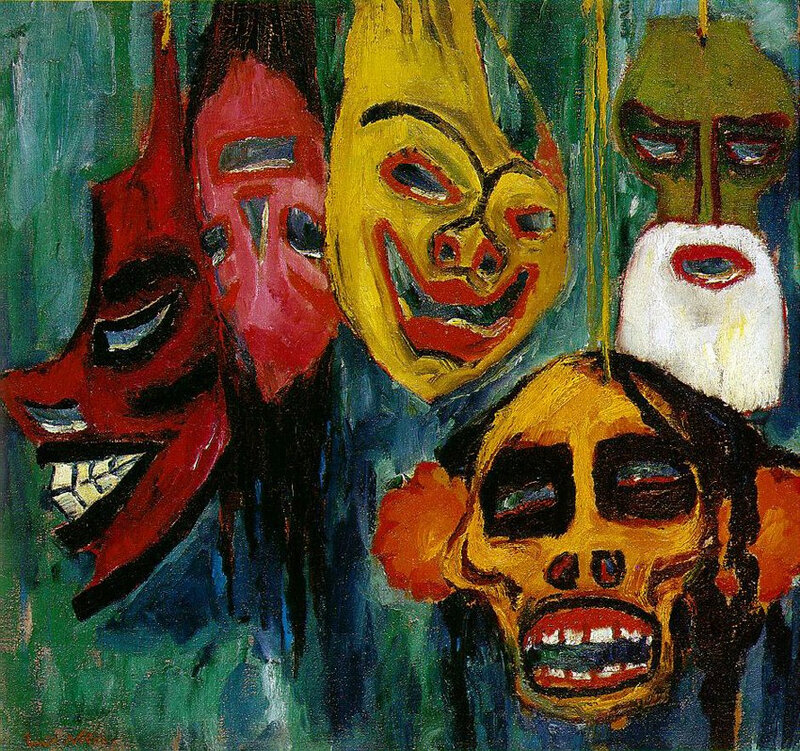'Discriminating Thieves: Nazi-Looted Art and Restitution' opens at Nelson-Atkins
Nicolas de Largillière, French (1656–1746). Augustus the Strong, Elector of Saxony and King of Poland, about 1715. Oil on canvas. Purchase: William Rockhill Nelson Trust, 54-35. © The Nelson-Atkins Museum of Art.
KANSAS CITY, MO.- Discriminating Thieves: Nazi-Looted Art and Restitution follows the journey of four works of art that were once in the hands of the Nazis. The exhibition opened Jan. 26 and explores the circumstances surrounding their thefts, their return to their rightful owners, and their subsequent legal acquisition by The Nelson-Atkins Museum of Art in Kansas City.
During World War II, Adolf Hitler and the Nazis looted art on an unprecedented scale. They stole thousands of objects across Europe between 1933 and 1945, keeping art for their own collections or stashing art for use in the museum Hitler planned to build. Other works, considered by the Nazis to be immoral, or “degenerate,” were destroyed, sold, or used as Nazi propaganda.
“This exhibition was extensively researched by MacKenzie Mallon, the Nelson-Atkins provenance specialist who is gaining a national reputation for her work in this important field,” said Julián Zugazagoitia, Menefee D. and Mary Louise Blackwell CEO & Director of the Nelson-Atkins. “This is very specific and painstaking research into ownership that is of utmost importance in the museum world and uncovers fascinating stories of the journey this art has traveled.”
Most of the looted objects were recovered by the Allies after the war, many by a group of art curators and scholars known as the Monuments Men. Paul Gardner, the first director of the Nelson-Atkins and himself a Monuments Man, described his journey to an Italian castle that had once housed an important art collection, and his dismay at finding that the Germans had reached it before him. Gardner wrote: “The custodian told us that experienced German officer-experts had systematically broken open all the bales and boxes, and had taken the cream of the collection. The Germans have proven all along to be discriminating thieves.”
The focus exhibition is comprised of four works of art: Augustus the Strong, Elector of Saxony and King of Poland by Nicolas de Largillière; Still Life with Guelder Roses by Pierre Bonnard; Jean-François Ducis, a sculpture by Augustin Pajou; and Masks by the German artist Emil Nolde.
Pierre Bonnard (French, 1867 - 1947), Still Life with Guelder Roses, 1892; reworked 1929.Oil on canvas. Gift of Mr. and Mrs. Herman R. Sutherland, 2004.12. © The Nelson-Atkins Museum of Art.
Augustin Pajou (French, 1730 - 1809), Jean-François Ducis, 1779. Terracotta on marble socle. Purchase: acquired through the generosity of the McGreevy Family through the Westport Fund in honor of the Fiftieth Anniversary of the Nelson-Atkins Museum of Art, F83-22. © The Nelson-Atkins Museum of Art.
De Largillière’s Augustus the Strong was among the works of art stolen by the Nazis and intended for Hitler’s museum of the future, the “Führermuseum,” which he imagined would be the greatest art museum in the world.
Emile Nolde’s Masks, however, was declared “degenerate” because of its modern, expressionistic style, even though Nolde was a member of the Nazi party. It was removed from the Folkwang Museum in Essen, Germany in 1937 and given to a German art dealer, Karl Buchholz, to sell. The painting remained in his possession throughout the rest of the war, and he transferred it to a New York art gallery following an agreement among German museums not to pursue the restitution of “degenerate” art that had been sold abroad.
“Masks remained in that gallery until the Nelson-Atkins purchased it in 1954,” said Mallon, Specialist, Provenance. “1.”
Through a special guide, visitors to the exhibition will be encouraged to find other works of art in Nelson-Atkins galleries that have similar, interesting histories from World War II.
Emil Nolde, German (1867-1956). Masks, 1911. Oil on canvas, 28 3/4 x 30 1/2 inches. Gift of the Friends of Art, 54-90. © The Nelson-Atkins Museum of Art.

/https%3A%2F%2Fprofilepics.canalblog.com%2Fprofilepics%2F1%2F0%2F100183.jpg)
/https%3A%2F%2Fstorage.canalblog.com%2F03%2F02%2F119589%2F96711876_o.jpg)
/https%3A%2F%2Fstorage.canalblog.com%2F11%2F31%2F119589%2F94773502_o.jpg)
/https%3A%2F%2Fstorage.canalblog.com%2F20%2F83%2F119589%2F94772815_o.jpg)
/https%3A%2F%2Fstorage.canalblog.com%2F26%2F72%2F119589%2F75604929_o.jpg)
/https%3A%2F%2Fstorage.canalblog.com%2F59%2F60%2F119589%2F26458628_o.jpg)






/http%3A%2F%2Fstorage.canalblog.com%2F10%2F81%2F119589%2F127170196_o.jpg)
/http%3A%2F%2Fstorage.canalblog.com%2F42%2F55%2F119589%2F126206000_o.jpg)
/http%3A%2F%2Fstorage.canalblog.com%2F03%2F74%2F119589%2F126106621_o.png)
/http%3A%2F%2Fstorage.canalblog.com%2F77%2F68%2F119589%2F110598530_o.jpg)